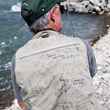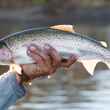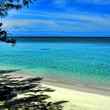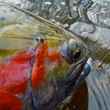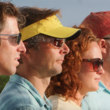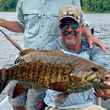Pebble Mine has always lacked for popular support. And, it has never really mattered who you asked. Whether you queried commercial fishermen, anglers, Alaskan residents or virtually anyone across the globe that wasn't directly invested in the mining industry, the answer was largely the same: Pebble Mine, the plan to build the world's largest open pit mine at the headwaters of the single most productive salmon fishery on the planet, is a preposterously stupid idea. Over the last few years, the already strong popular opposition to Pebble and the evidence against its viability has grown stronger and stronger, but the project's sole remaining investor -- Canadian mining firm Northern Dynasty Minerals (NYSE:NAK) -- refuses to let plans to develop the $500 billion Pebble deposit die.
The almost mythologically draconian figurehead of the Pebble Partnership (which, since last year's brisk departure of former partner Anglo American is no longer a partnership at all), chairman John Shively, recently expressed confidence that if the partnership is allowed to submit a permit application and have it reviewed, the state and its legislature is almost certain to approve the project. Shively explained, "The state has royalty, the state has taxes, the state’s going to get the economic benefit.”
Shively's comments and the insistence of Northern Dynasty to stay the course continue to ignore public opinion and the mounting facts that undermine the project's viability.





